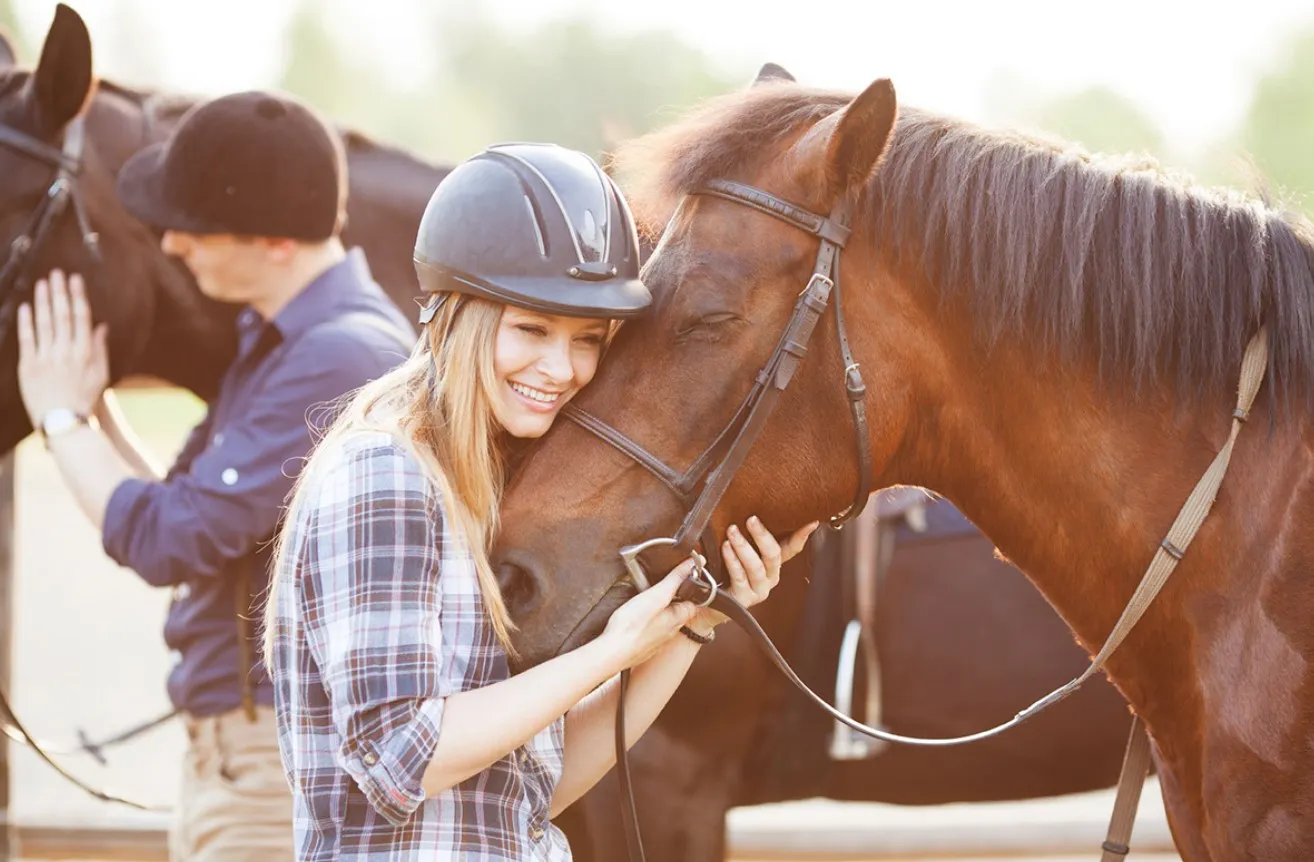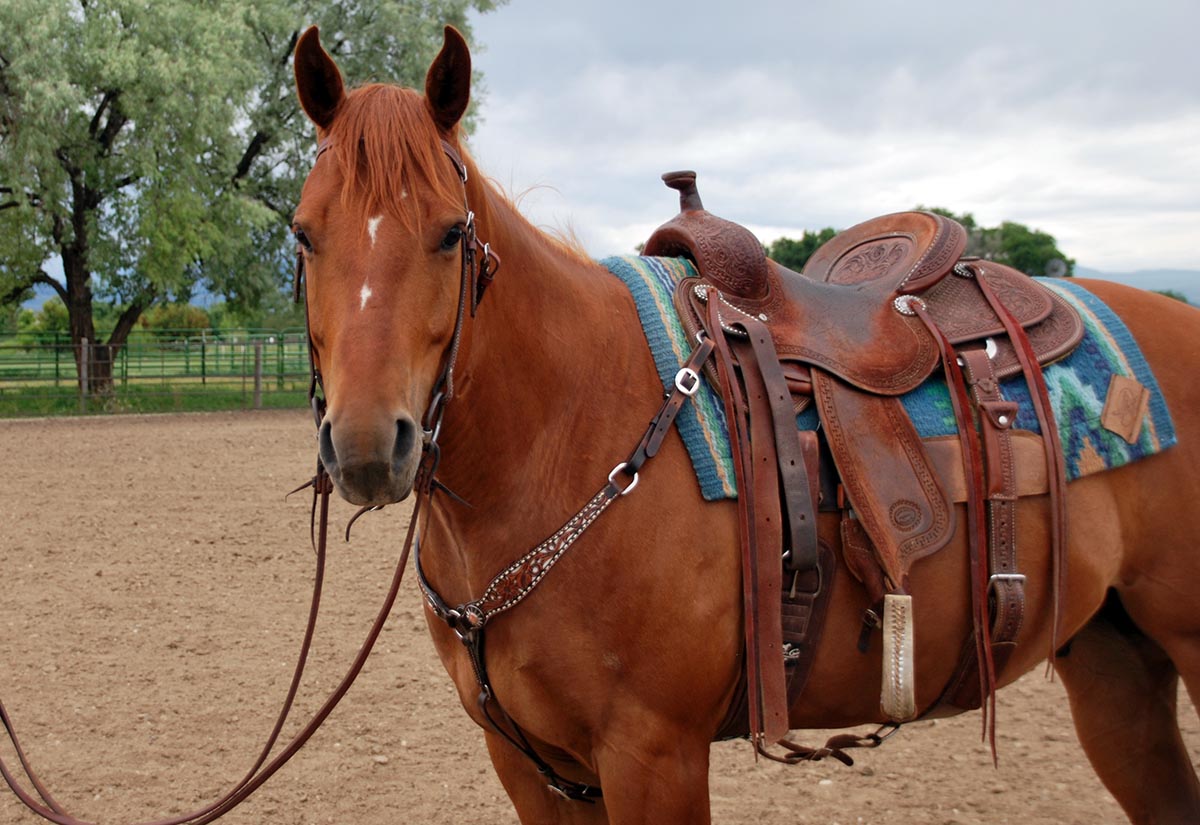Mastering the art of horse rein control is essential for any rider aiming to enhance their riding skills. Whether you’re a beginner or a seasoned equestrian, understanding how to effectively manage the reins can significantly improve your horse riding experience. In this article, we’ll delve into horse rein control tips that are crucial for both you and your horse’s comfort and performance.

Understanding the Basics of Rein Control
Rein control is not just about pulling the reins to steer your horse. It involves a delicate balance of pressure and release, ensuring clear communication between you and your horse. Before diving into advanced techniques, it’s vital to grasp the basics.
Importance of Proper Rein Techniques
Using the correct rein techniques ensures that your cues are clear and precise, leading to better responses from your horse. Proper rein control minimizes confusion and prevents potential accidents.
Types of Reins and Their Uses
There are various types of reins, each serving a specific purpose. From split reins to closed reins, understanding their uses helps in choosing the right one for your riding style.
Body Position and Rein Control
Your body position plays a crucial role in effective rein control. Maintaining a balanced and upright posture aids in delivering clear signals to your horse.
How to Hold the Reins Correctly
Holding the reins correctly is fundamental. Ensure your grip is firm but gentle, allowing for smooth communication with your horse.
Adjusting Rein Length
Adjusting the length of your reins is essential for maintaining control and comfort. Learn to adjust your reins according to the riding situation.
Common Mistakes in Rein Control
Avoiding common mistakes in rein control can drastically improve your riding experience. Learn about the typical errors riders make and how to correct them.
Over-reliance on Reins
One common mistake is over-relying on reins for control. Remember, reins are just one part of the overall communication system between you and your horse.
Advanced Rein Techniques
Once you’re comfortable with the basics, you can explore advanced rein techniques to further enhance your riding skills. These techniques require practice and patience.
Direct and Indirect Reining
Understanding direct and indirect reining is essential for advanced riders. These techniques allow for more precise control and maneuverability.
Neck Reining
Neck reining is a technique that involves using the reins to guide your horse without pulling. It’s a subtle yet effective method for advanced riders.
Training Your Horse for Better Rein Response
Training your horse to respond better to rein cues is crucial for effective communication. Consistent training helps in building a strong bond between you and your horse.
Building Trust with Your Horse
Trust is the foundation of all training. Establishing trust with your horse ensures better responsiveness to rein commands.
Rein Control in Different Riding Disciplines
Different riding disciplines require distinct rein control techniques. Whether it’s dressage, jumping, or trail riding, understanding the specific requirements of each discipline is key.
Dressage Rein Techniques
In dressage, rein control is all about precision and subtlety. Mastering dressage rein techniques can significantly enhance your performance.
Jumping Rein Techniques
For jumping, rein control ensures safety and efficiency. Proper rein management helps in maintaining balance and control during jumps.
Maintaining Your Reins and Tack
Proper maintenance of your reins and tack ensures longevity and safety. Regular checks and cleaning are essential for optimal performance.
Inspecting for Wear and Tear
Regularly inspecting your reins for wear and tear prevents unexpected failures during rides.

Frequently Asked Questions
What is the most common mistake in rein control?
Over-reliance on reins is a common mistake. It’s important to use your entire body to communicate with your horse.
How can I improve my rein control skills?
Practice consistently and consider taking lessons from experienced trainers to enhance your rein control skills.
What type of reins should I use for trail riding?
For trail riding, split reins are often recommended as they offer flexibility and control in varied terrains.
For more tips on horse training, check out this guide on starting a horse under saddle.
Looking for more learning resources? Visit this page on training a horse to stand still for additional insights.
This article contains affiliate links. We may earn a commission at no extra cost to you.






